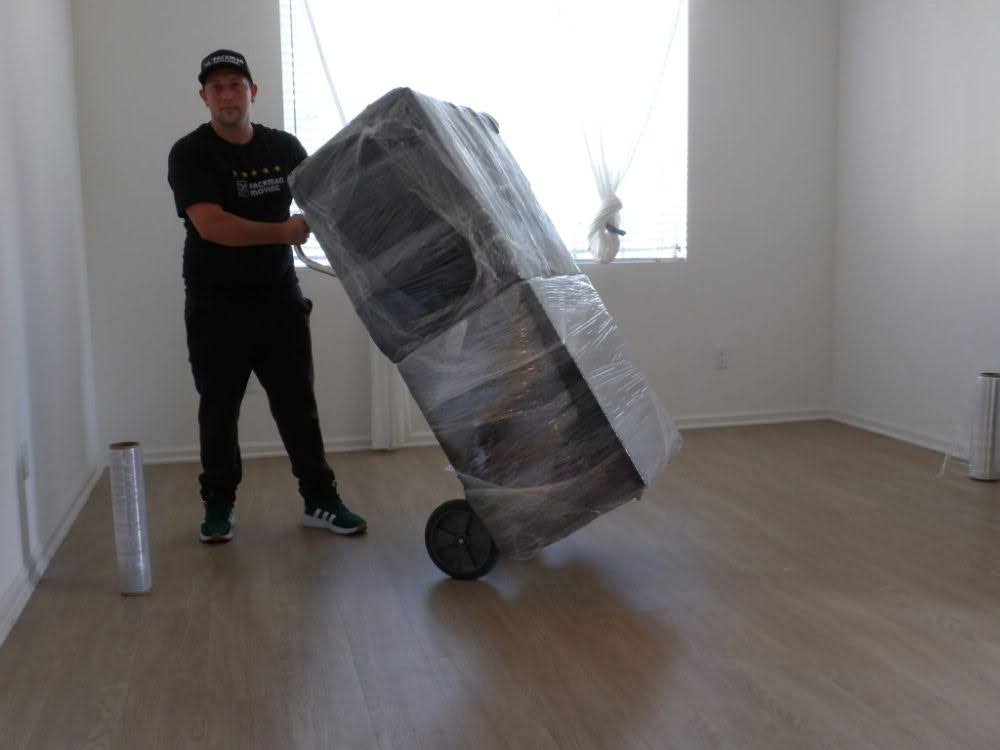The Complete Guide to Security Camera Installation: Safeguard Your Space with Confidence
Why Security Camera Installation Matters
When it comes to protecting your home or business, few solutions offer as much peace of mind as a well-installed security camera system. Beyond just deterring potential intruders, these systems provide invaluable evidence in case of incidents, enable remote monitoring, and even help lower insurance costs. But navigating the installation process can feel daunting without the right guidance.
In this article, we’ll break down everything you need to know about security camera installation—from choosing the right cameras to setting them up for maximum effectiveness. Whether you’re a DIY enthusiast or considering professional installation, this guide will equip you with the knowledge to make informed decisions.
Choosing the Right Security Cameras
The first step to a successful security camera installation is selecting the right equipment. Let’s explore the options:
- Wired vs. Wireless Cameras:
- Wired cameras offer reliable connections and uninterrupted footage but may require more complex installation.
- Wireless cameras are easier to install and more flexible but can be susceptible to signal interference.
- Indoor vs. Outdoor Cameras:
- Outdoor cameras should be weather-resistant and have night vision capabilities.
- Indoor cameras are typically smaller and designed for discreet monitoring.
- Resolution and Field of View:
- Higher resolution cameras (like 4K or 1080p) capture sharper images.
- A wider field of view reduces the number of cameras needed to cover a space.
Choosing the right combination of cameras ensures your system is tailored to your specific security needs.
Planning Camera Placement
Strategic camera placement is essential for comprehensive coverage. Consider these factors:
- Entry Points: Position cameras near doors, windows, and garages to monitor potential access points.
- Blind Spots: Identify and eliminate areas where intruders could evade detection.
- Height and Angles: Mount cameras high enough to avoid tampering, but angled to capture clear facial features and license plates.
- Lighting Conditions: Ensure cameras can adapt to changing light, or install supplemental lighting if necessary.
A thoughtful layout can drastically enhance the effectiveness of your security system.
Step-by-Step Installation Guide
Whether you hire a professional or take the DIY route, understanding the installation process helps ensure everything is set up correctly.
- Prepare Your Tools and Equipment: Gather everything you need: cameras, cables, power sources, a drill, and mounting brackets.
- Install Mounting Brackets: Secure the brackets to walls or ceilings, making sure they are level and sturdy.
- Connect the Cameras: For wired systems, run cables to a central hub. For wireless systems, connect to your Wi-Fi network.
- Configure the System: Download any necessary apps, adjust camera settings, and test connections.
- Test and Optimize: Walk around the property to test camera views, adjust angles, and ensure coverage is complete.
Proper installation is key to a system that works seamlessly when you need it most.
The Benefits of Professional Installation
While many homeowners and small business owners opt for DIY installations, hiring a professional offers several advantages:
- Expertise: Professionals can recommend the best equipment and placements for your unique space.
- Efficiency: A pro can complete the installation quickly, minimizing disruptions.
- Ongoing Support: Many installers offer maintenance packages and tech support.
If you want absolute assurance that your system is optimized, investing in professional help might be the way to go.
Maintaining Your Security Camera System
Once your system is up and running, regular maintenance ensures long-term functionality. Be sure to:
- Clean Lenses: Dust and debris can obscure footage.
- Check Connections: Ensure wires and power sources are secure.
- Update Software: Keep firmware and apps up to date to patch security vulnerabilities.
- Review Footage: Periodically review stored footage to check for any missed incidents or camera malfunctions.
Consistent upkeep guarantees your cameras will be ready when you need them.
Final Thoughts: Investing in Your Safety
Security camera installation is more than just a technical task—it’s an investment in your safety and peace of mind. With the right equipment, thoughtful planning, and either DIY dedication or professional support, you can create a robust security system that protects what matters most.
As technology evolves, so do the possibilities for smarter, more intuitive security systems. Are you ready to take the next step in safeguarding your space? Whether you’re starting small or going all-in, every camera installed is a step closer to a safer environment for you and your loved ones.










